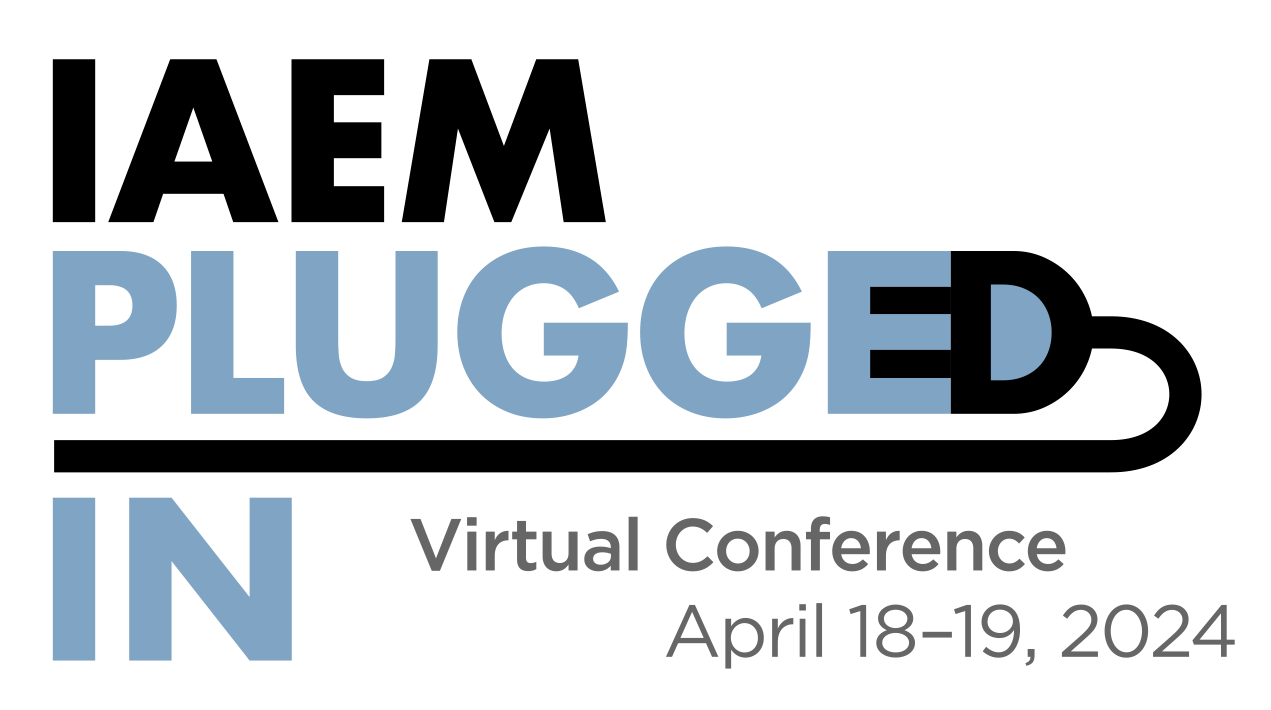Lessons learned from a pandemic influenza triage exercise in a 3D interactive multiuser virtual learning environment—Play2Train
DOI:
https://doi.org/10.5055/jem.2010.0026Keywords:
virtual exercise, emergency training, Play2Train, preparedness, triage, virtual environment, MUVE, MUVLEAbstract
Practicing drills and exercises to improve individual and team performance in real physical hospital settings often requires lockdown of the healthcare center, and effects on real patients are unpredictable. A virtual triage exercise was developed around a pandemic influenza scenario and was carried out in a 3D interactive virtual environment. Without putting real patients or participants at risk, the environment allowed geographically dispersed first responders and hospital staff to practice their roles in a common setting. The results showed that the exercise produced perceived improvements in preparedness competencies and team interactions.References
Harasim L: On-line education: A new domain. In Mason R, Kaye A (eds.): Mindweave: Communication, Computers and Distance Education. Oxford: Pergamon Press, 1989: 50-62.
Hammond M: Discourses on collaborative networked learning. In Proceedings of the Third International Conference on Networked Learning, Sheffield University, United Kingdom, 2002.
Jonassen DH, McAleese TMR, Duffy TM. A manifesto for a constructivist approach to technology in higher education. In: Duffy TM, Lowyck J, Jonassen DH (eds.): The Design of Constructivistic Learning Environments: Implications for Instructional Design and the Use of Technology. Heidelburg: Springer-Verlag, 1993: 231-247.
DeBourgh GA: Simple elegance: Course management systems as pedagogical infrastructure to enhance science learning. e-journal, The Technology Source. Available at http://technologysource.org/?view=article&id=277. Accessed March 28, 2007.
Shilling R, Zyda M,Wardynski C: Introducing emotion into military simulation and videogame design: America’s army: Operations and VIRTE. In Proceedings of the Game on Conference, London, United Kingdom. Available at http://gamepipe.usc.edu/~zyda/pubs/ ShillingGameon2002.pdf. Accessed March 28, 2007.
Small SD: Medical education: Thoughts on patient safety education and the role of simulation. Am Med Assoc J Ethics. 2004; 6: 3.
Scerbo MW: Human factors in medical modeling and simulation. In MMVR Conference.Available at http://www.simcen.org/mmvr2005/slides/med-sim2005-scerbo.pdf. Accessed March 23, 2007.
Halamek LP: Simulation-based training: Opportunities for the acquisition. Virtual mentor. Am Med Assoc J Ethics Unique Skills. 2006; 8: 84-87.
Huang MP, Alessi NE: Presence as an emotional experience. In Westwood JD, Hoffman HM, Robb RA, et al. (eds.): Medicine Meets Virtual Reality: The Convergence of Physical and Informational Technologies Options for a New Era in Healthcare. Amsterdam: IOS Press, 1999: 148-153.
Mantovani F, Castelnuovo G, Gaggioli A, et al.: Virtual reality training for health-care professionals. CyberPsychol Behav. 2003; 6(4): 389-395.
Palloff RM, Pratt K: Building Learning Communities in Cyberspace. San Francisco, CA: Jossey-Bass, 1999.
Gee JP:Why Video Games Are Good for Your Soul: Pleasure and Learning. Melbourne, Australia: The Learner, 2005.
Bonk C, Dennen V: Massive multiplayer online gaming: A research framework for military training and education. Available at http://www.adlnet.gov/SiteCollectionDocuments/archive/ GameReport_Bonk_final.pdf. Accessed August 15, 2008.
Fanton JF: Do video games help kids learn? Digital Media and Learning Panel Discussion, Mac Arthur Foundation, Introductory Remarks, Newberry Library, Chicago, IL. Available at http://www. macfound.org/site/c.lkLXJ8MQKrH/b.1142275/apps/nl/content3.asp?content_id=%7B1CF15DB7-36ED-4899-8EA4-B0D4ECA22F48%7D¬oc=1. Accessed August 15, 2008.
Federation of American Scientists: Harnessing the Power of Video Games for Learning.Washington, DC: Federation of American Scientists, 2006. Available at http://www.fas.org/gamesummit/ Resources/Summit on Educational Games.pdf.
Ramloll R, Beedasy J, Stamm BH, et al.: Play2Train: A generic large-scale virtual environment for emergency preparedness training. Telemed e-Health J. 2007; 13(2): 200.
Ramloll R: The power of play, real-life experts meet in a virtual world to prepare for disaster. Most Wired Magazine. October 17, 2007.
Ramoll R, Beedasy J, Piland N, et al.: Collaborative to enhance learning. 3-D virtual learning environments. Telemed e-Health J. 2008; 14(S1): 29-30.
Hewitt A, Spencer S, Ramloll R, et al.: Expanding CERC beyond public health: Sharing best practices with healthcare managers via virtual learning. J Health Promotion Pract. 2008; 9(4): 83s-87s.
Boulos K, Maged N, Ramloll R, et al.: Web 3D for public, environmental and occupational health: Early examples from second life. Int J Environ Res Public Health. 2008; 5: 290-317.
Dausey DJ, Aledort JE, Lurie N: RAND Report Tabletop Exercises for Pandemic Influenza Preparedness in Local Public Health Agencies, RAND, Santa Monica, CA. Available at http://www.rand.org/pubs/technical_reports/2006/RAND_TR319.pdf. Accessed April 21, 2007.
Stajkovic AD, Luthans F: Self-efficacy and work-related performance: A meta-analysis. Psychol Bull. 1998; 124: 240-261.
Published
How to Cite
Issue
Section
License
Copyright 2007-2023, Weston Medical Publishing, LLC and Journal of Emergency Management. All Rights Reserved







